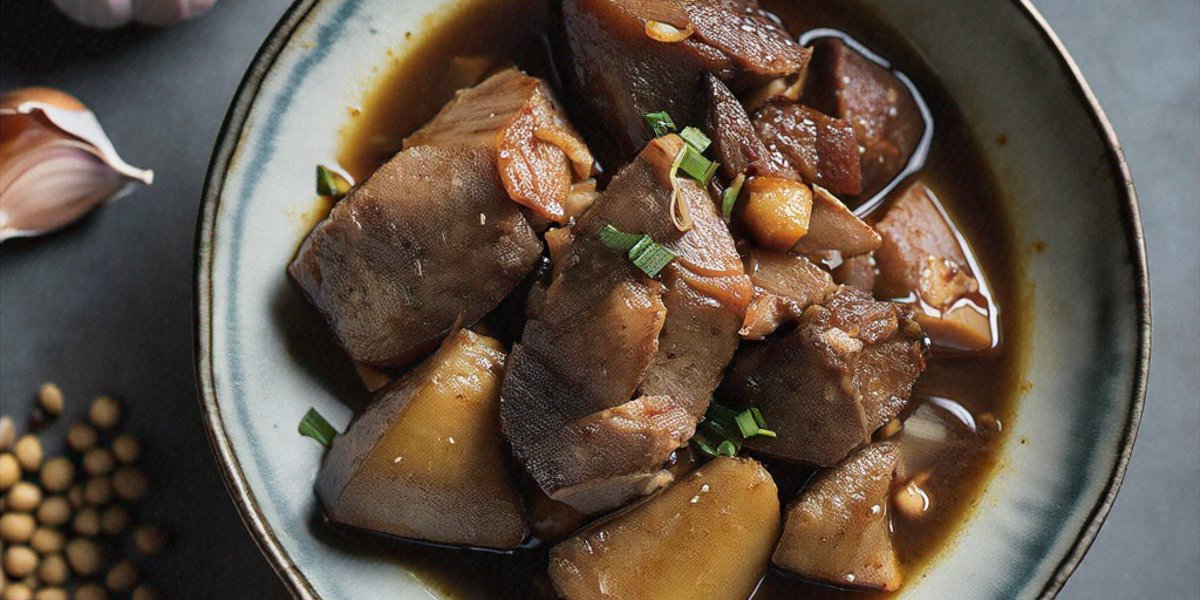Adobo
Adobo is the foundation of Latin American cooking, a versatile seasoning blend that brings authentic Hispanic flavors to any dish. While the name refers to the cooking technique of marinating in vinegar and spices, this dry blend captures the essence of that tradition in convenient form.
The Blend
Primary Seasonings:
- 3 tablespoons garlic powder (the backbone of Latin flavor)
- 2 tablespoons dried oregano (provides herbal complexity)
- 2 tablespoons ground cumin (adds warm, earthy notes)
- 1 tablespoon ground paprika (adds color and mild sweetness)
Heat and Depth:
- 1 tablespoon ground black pepper (enhances other spices)
- 1 teaspoon ground chili powder (adjusts heat level)
- 1 teaspoon ground coriander (adds citrus brightness)
Optional Enhancements:
- 1/2 teaspoon ground bay leaves (use dried, ground bay leaves)
- 1/2 teaspoon ground allspice (for additional complexity)
- 1/4 teaspoon ground cloves (use sparingly - very potent)
The Garlic Principle
Garlic powder is the defining element of adobo, and quality matters. Look for garlic powder that's pure and aromatic, not the cheap blends that include fillers. The garlic should be assertive but not overwhelming - it's meant to be the dominant note.
Fresh garlic can be substituted in some applications, but the powder provides consistency and convenience that's essential for this blend.
Regional Variations
Puerto Rican Adobo: Often includes annatto (achiote) for color and turmeric Mexican Adobo: May include more chili powder and sometimes cinnamon Cuban Adobo: Tends to be heavier on oregano and lighter on heat Dominican Adobo: Often includes more black pepper and sometimes lime powder
Storage and Freshness
Store in an airtight container away from heat and light. The garlic powder will maintain its potency longer than the other spices, but the blend is best used within 4-6 months. For maximum freshness, make smaller batches more frequently.
Traditional Applications
Meat Marinades: The classic use - creates flavorful, tender meat Rice Dishes: Adds depth to arroz con pollo and other rice preparations Beans: Essential for flavorful frijoles and other legume dishes Grilled Meats: Creates a flavorful crust on chicken, pork, and beef
Modern Uses
Popcorn: A sophisticated alternative to butter and salt Roasted Vegetables: Especially potatoes, corn, and peppers Eggs: Adds complexity to scrambled eggs and omelets Pasta: Stir into pasta dishes for Latin flair
Technique Notes
When using adobo in cooking, add it early in the process to allow the spices to bloom in oil or fat. This releases their essential oils and creates a more complex flavor profile.
For dry rubs, apply generously and let the meat rest for at least 30 minutes before cooking. The spices will penetrate the meat and create a flavorful crust.
Heat Variations
Mild Adobo: Reduce chili powder to 1/2 teaspoon, add more paprika Medium Adobo: Standard recipe (recommended for most uses) Hot Adobo: Increase chili powder to 2 teaspoons, add cayenne Extra Hot Adobo: Use only hot chili powder, no paprika
Pairing Considerations
Adobo works beautifully with:
- Olive oil (the traditional cooking medium)
- Lime juice (brightens the spices)
- Onions and peppers (the foundation of many Latin dishes)
- Fresh herbs like cilantro and parsley
- Acidic ingredients like vinegar and citrus
Beyond Latin Cuisine
While adobo is synonymous with Latin American cooking, it's excellent in:
- American barbecue (adds international flair to rubs)
- Mediterranean dishes (works well with olive oil and herbs)
- Asian stir-fries (provides different flavor profile)
- European stews (adds warmth and complexity)
The Marinating Tradition
True adobo involves marinating meat in a mixture of vinegar, garlic, and spices. This dry blend captures those flavors but can also be mixed with vinegar and oil to create a traditional marinade.
For authentic results, combine 2 tablespoons of this blend with 1/4 cup vinegar, 1/4 cup olive oil, and 2 tablespoons water. Marinate meat for at least 2 hours, preferably overnight.
This blend represents the heart of Latin American hospitality - bold, welcoming, and designed to make every meal a celebration of flavor and tradition.



